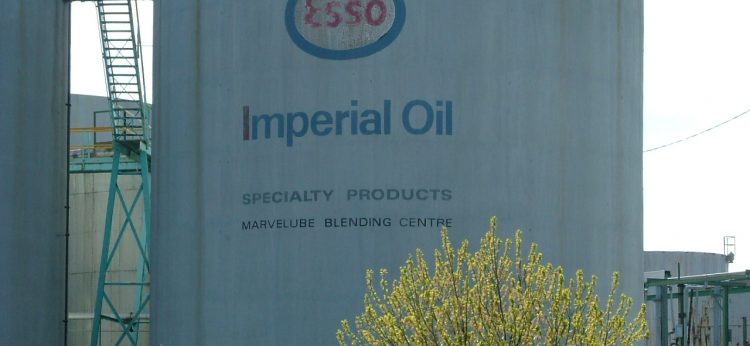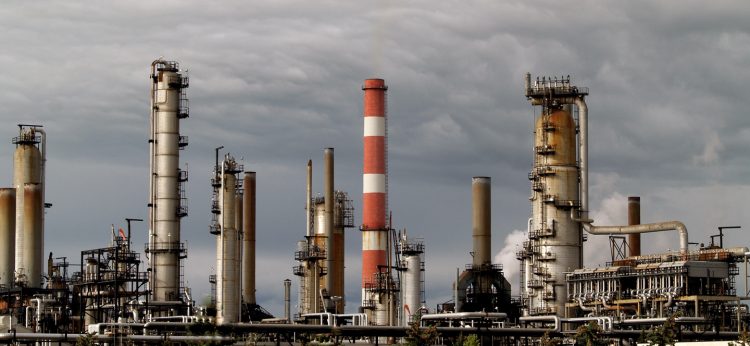
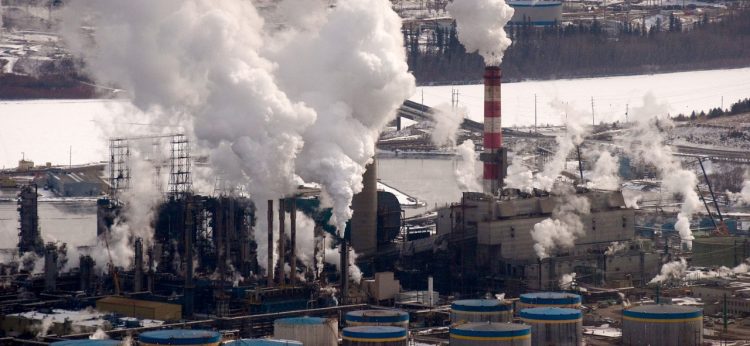
MEG Energy is an in situ oil sands producer operating in Alberta’s Athabasca region. Its operations target the production of heavy crude oil—one of the most carbon-heavy oil sources produced in the country.

Funded by Canada’s largest oil sands companies, Canada’s Oil Sands Innovation Alliance (COSIA) operates as a networking and funding hub for academics, oil sands producers and government intent on researching methods to lessen the ecological impacts of oil sands development. Described by one pundit as “crowdsourced problem solving for the oilsands,1 it currently funds 308 active projects, totalling $545 million.2 COSIA, Project Portfolio 2017: Improving Environmental Performance through Open Innovation, https://www.cosia.ca/sites/default/files/attachments/2017-COSIA-Project-Portfolio.pdf.

The Canadian Energy Pipeline Association (CEPA) is an industry association representing 97 per cent of Canada’s oil and natural gas pipeline companies, making it a key legitimator. The total volume of fossil fuels moved by CEPA members is immense, amounting to 1.2 million barrels of liquid petroleum products and 5.4 trillion cubic feet of natural gas in 2013.3 Its members include several of our Top 50, including Enbridge Pipelines Inc., ATCO Pipelines, TransCanada Pipelines Ltd. and Trans Mountain Corporation.
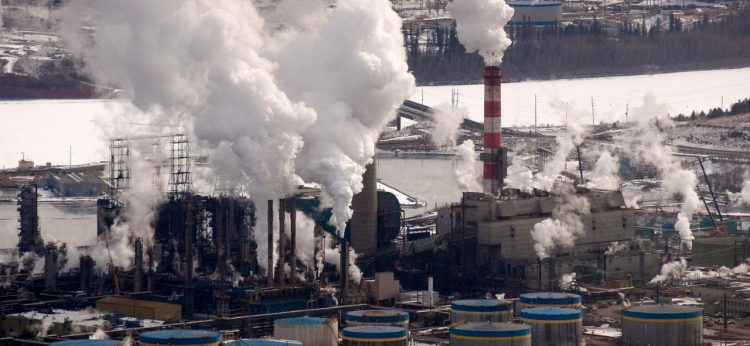
Gibson Energy Inc. is one of the largest energy infrastructure companies in Canada, providing oil storage services for the oil sands and pipeline injection stations throughout Canada and the US. Until recently it has been one of the largest crude oil hauling companies in Western Canada.
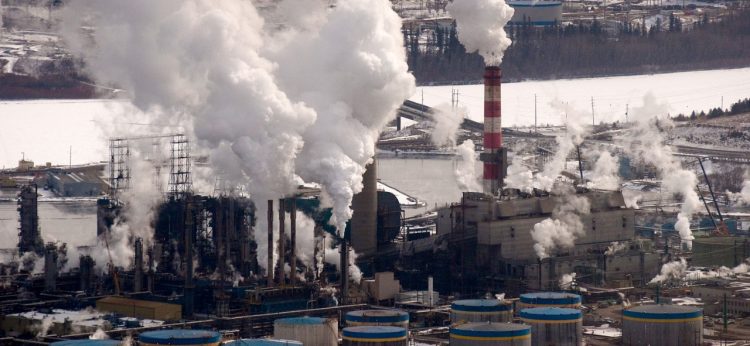
Canadian Natural Resources Limited (CNRL) is one of the largest oil and gas companies operating in Canada today, and Canada’s largest natural gas producer.4 It is also the largest private landowner in Western Canada, second only to the government.6 Its domestic assets include a mix of natural gas, light crude oil, heavy crude oil, bitumen and synthetic crude oil in British Columbia (BC) and Alberta.
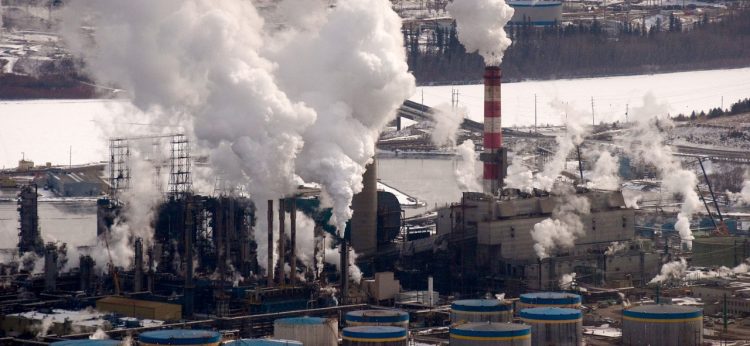
Teck Resources Ltd. is Canada’s largest diversified mining company and the world’s second-biggest exporter of steelmaking coal (metallurgical coal). The company also holds large extraction operations for zinc, copper and oil
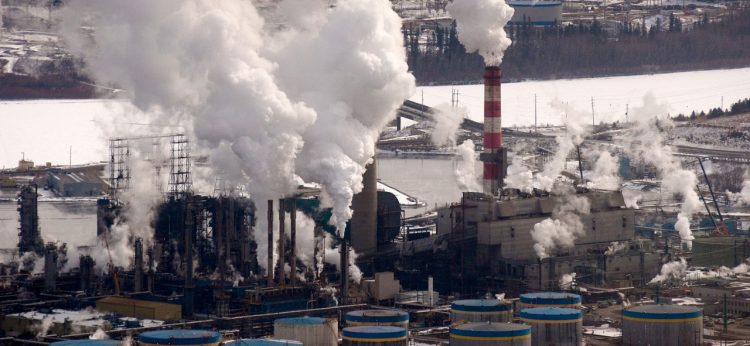
Tourmaline Oil Corporation—a natural gas and oil exploration and production company operating in Western Canada—is Canada’s second-largest natural gas producer.7
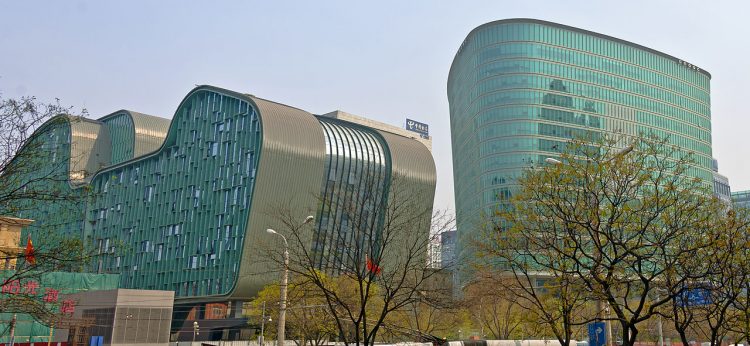
The China National Offshore Oil Corporation Ltd. (CNOOC) is one of the largest oil and gas corporations in the world. CNOOC’s Canadian operations, formerly known as Nexen Inc, include assets in oil sands, fracked gas and offshore oil drilling throughout the country. The following case study emphasizes CNOOC’s Canadian operations only.

Cenovus Energy is the third-largest oil sands company in Canada by known reserves,8 holding major assets in conventional and unconventional oil in Alberta, as well as natural gas in Alberta and British Columbia (BC).
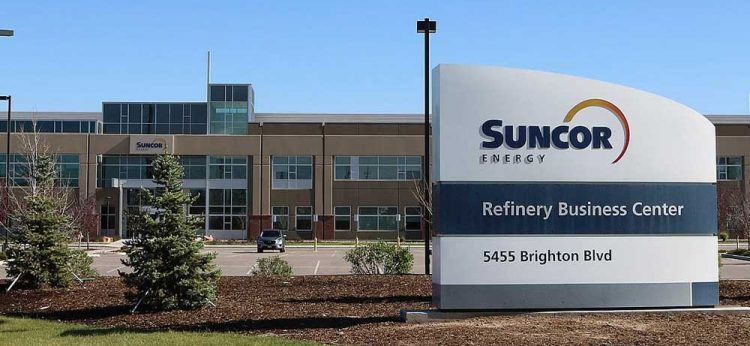
The first corporation to develop Canada’s oil sands in the 1960s, Suncor Energy continues to hold a dominant position as Canada’s largest energy company, and the world’s largest bitumen producer. Based in Calgary, Alberta, Suncor has operations that span the oil and gas commodity chain, specializing in conventional and in situ oil sands production in the Athabasca region.






